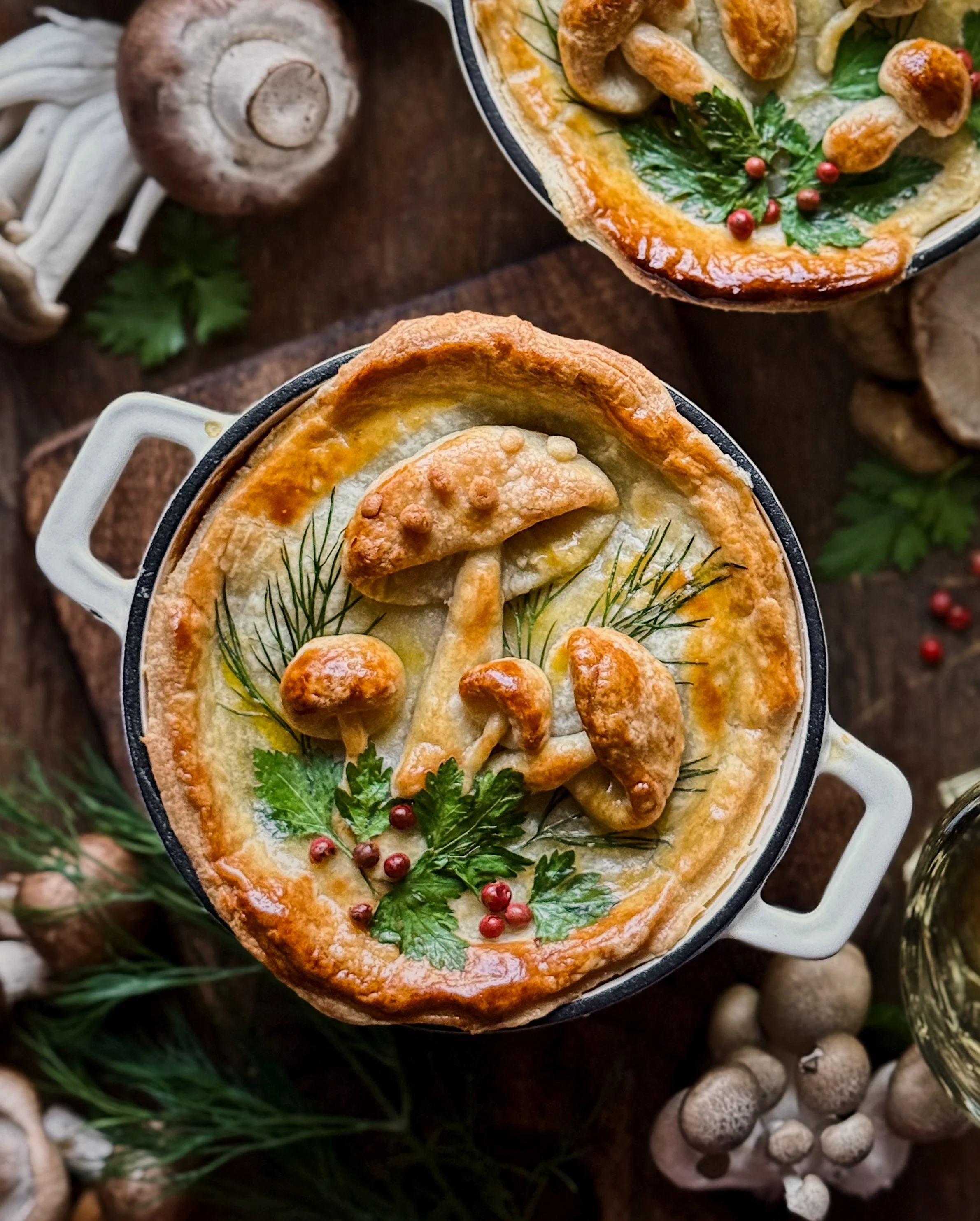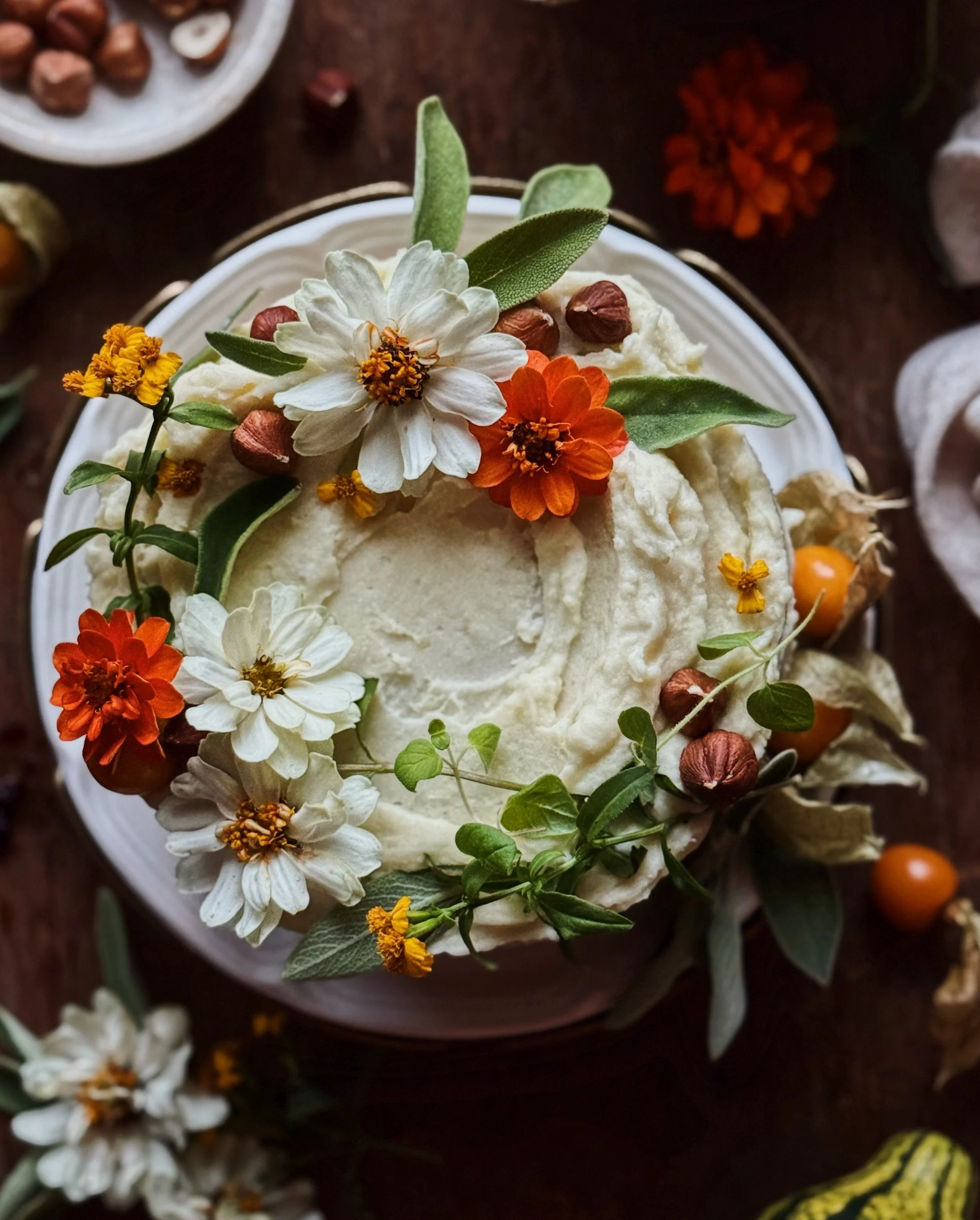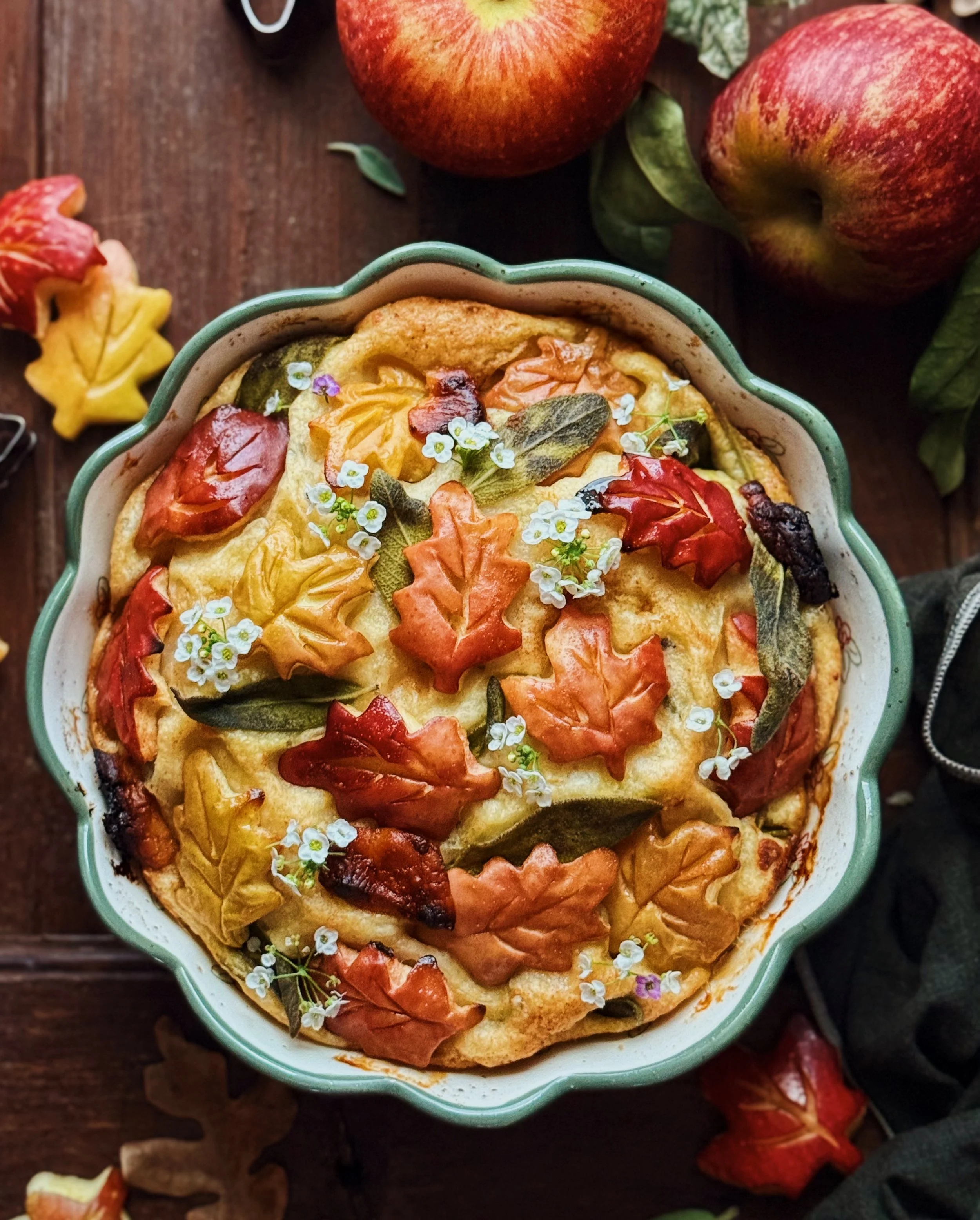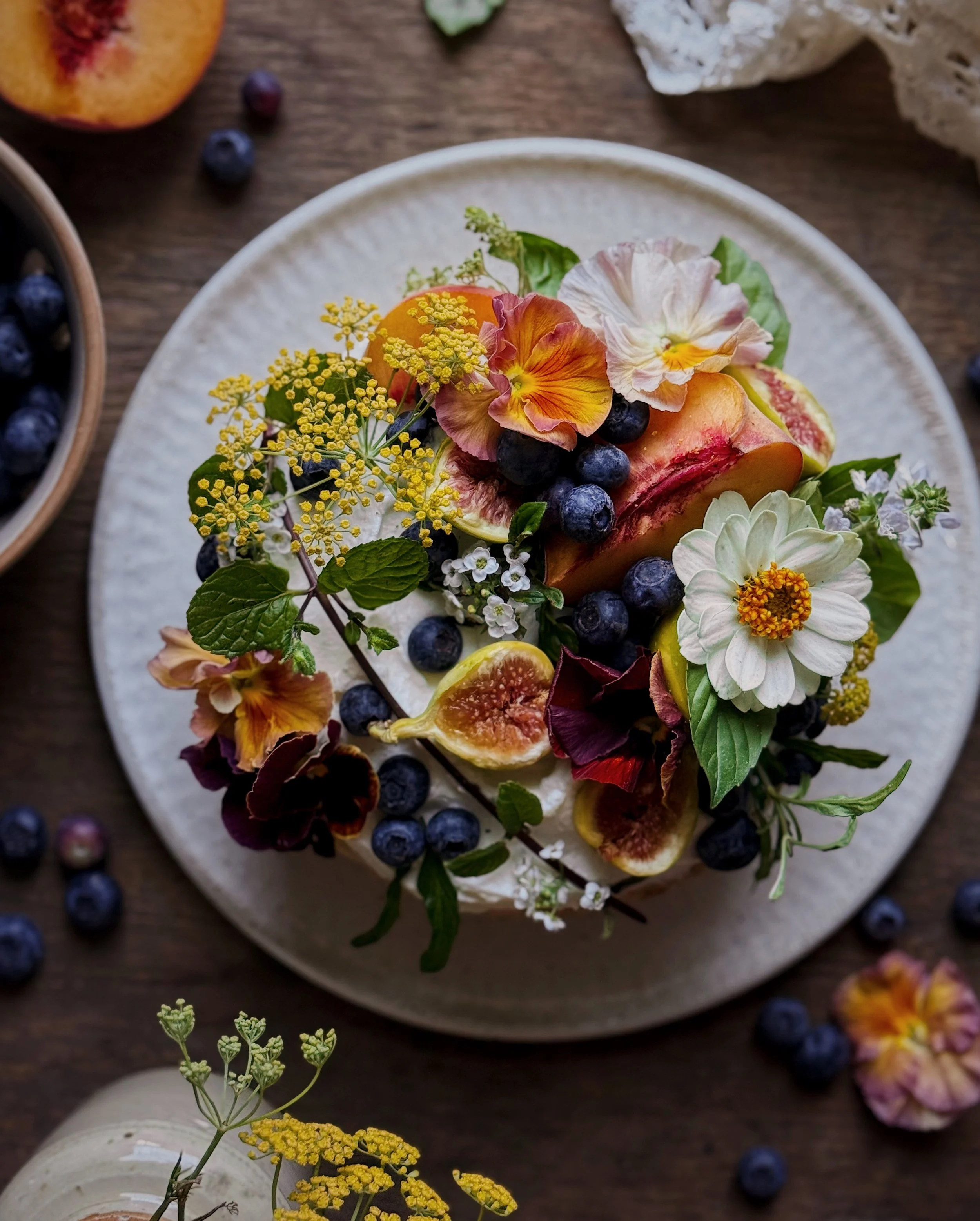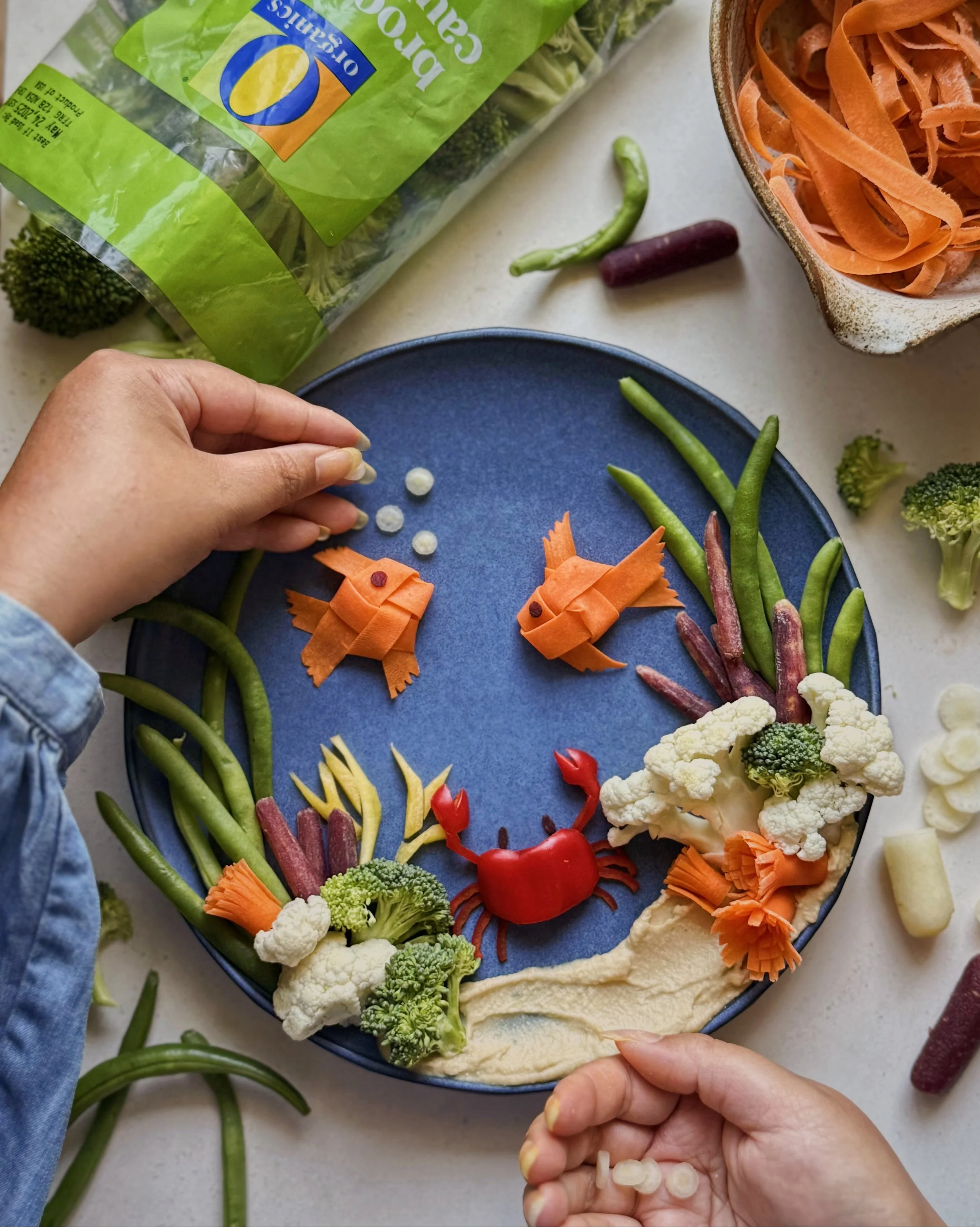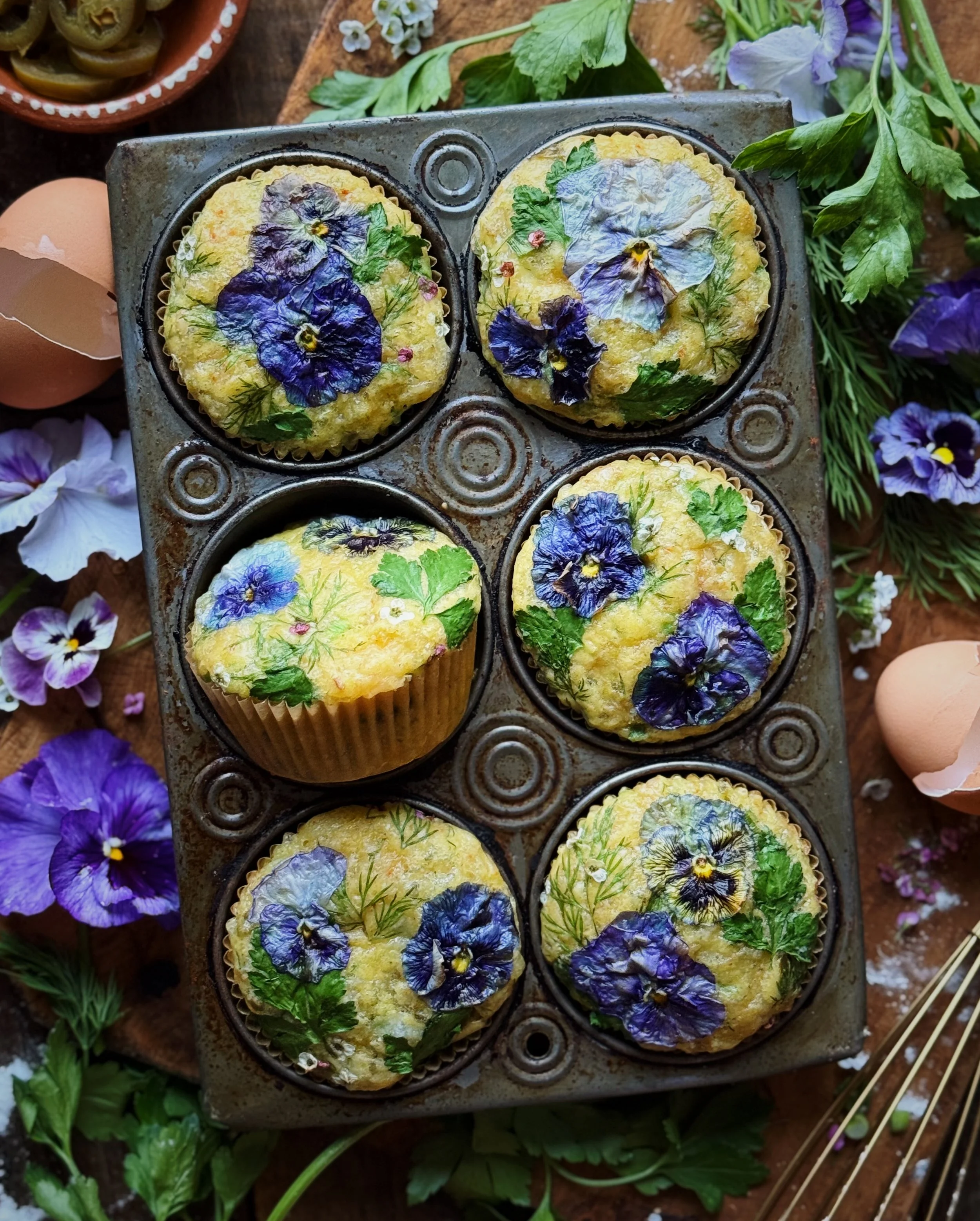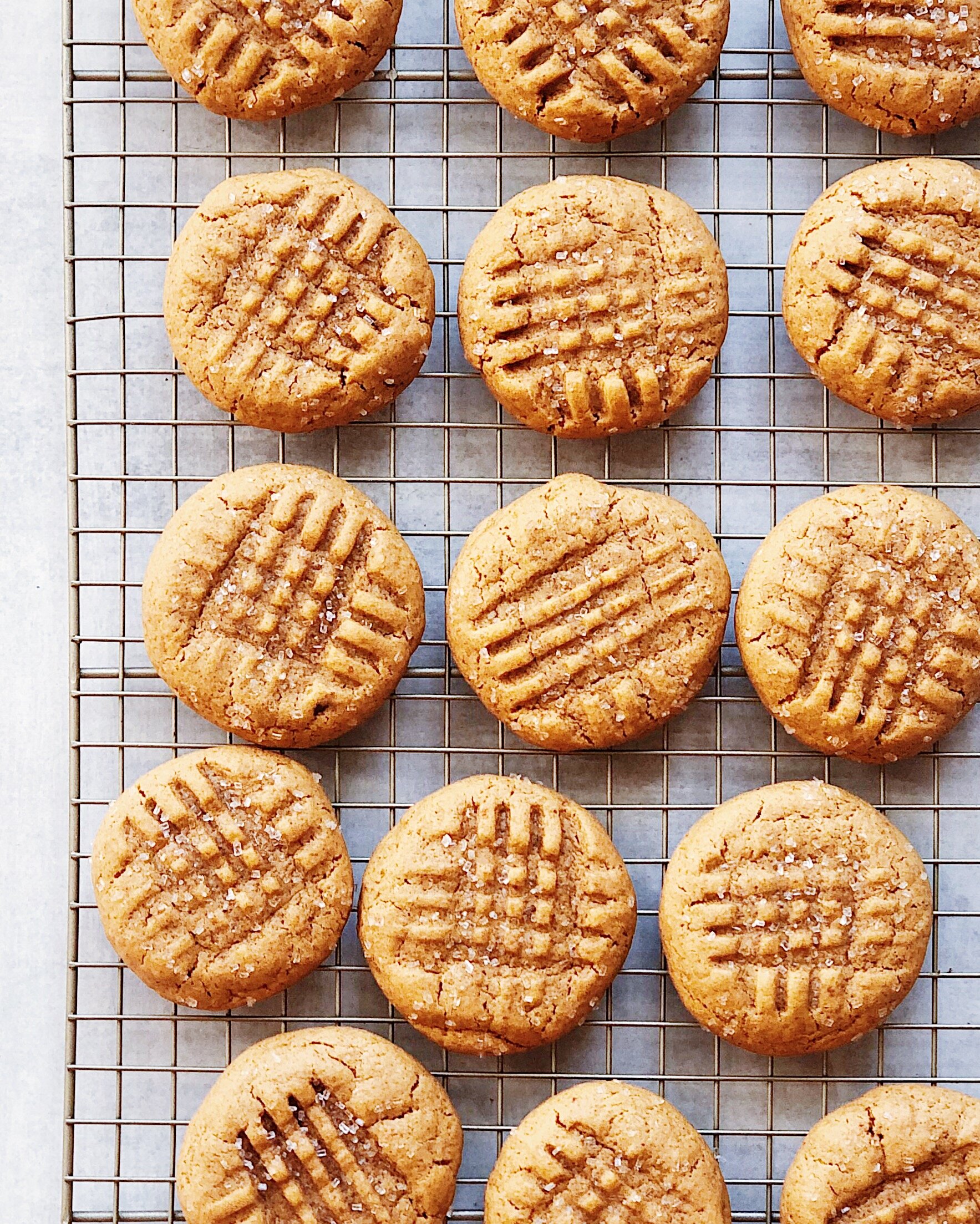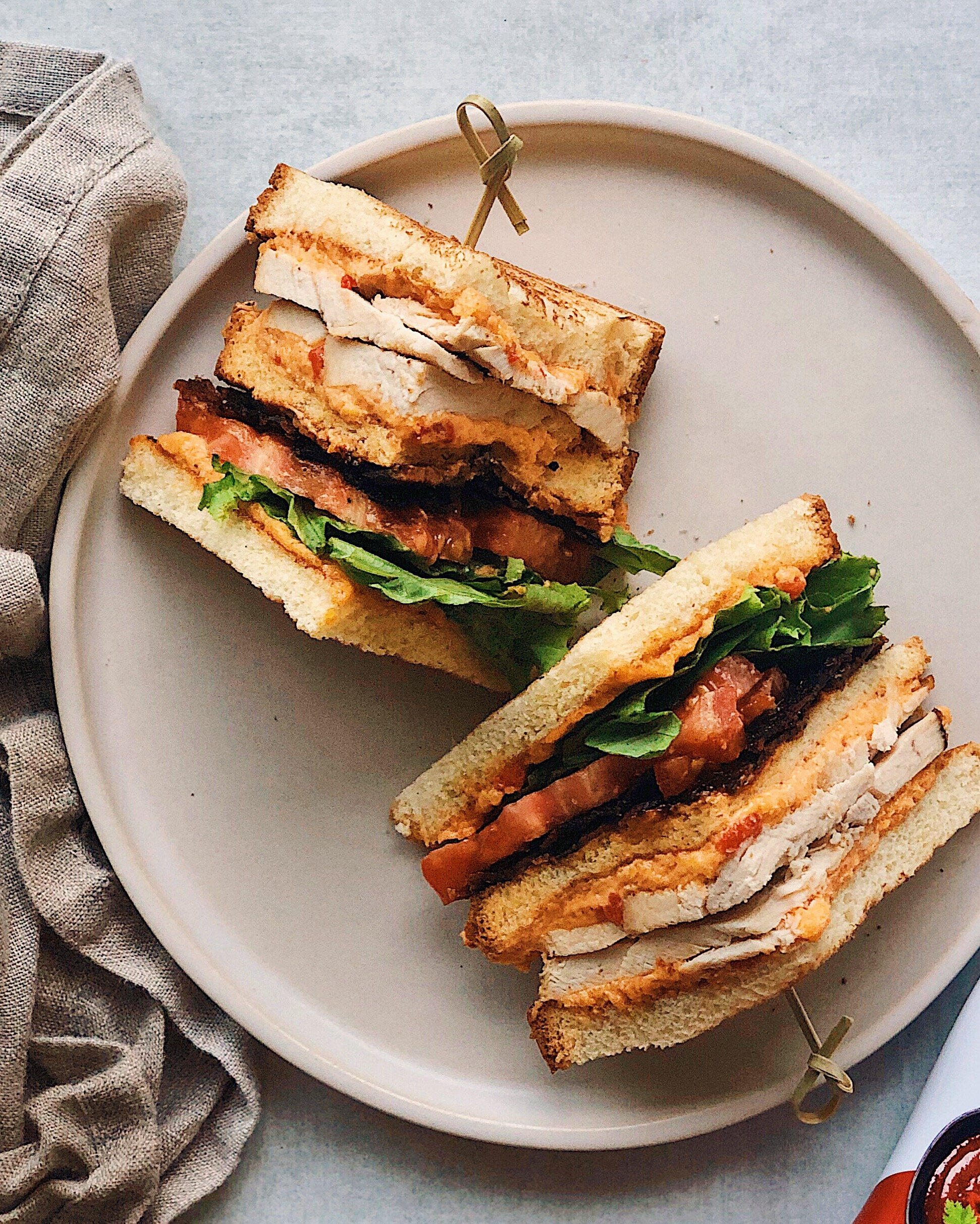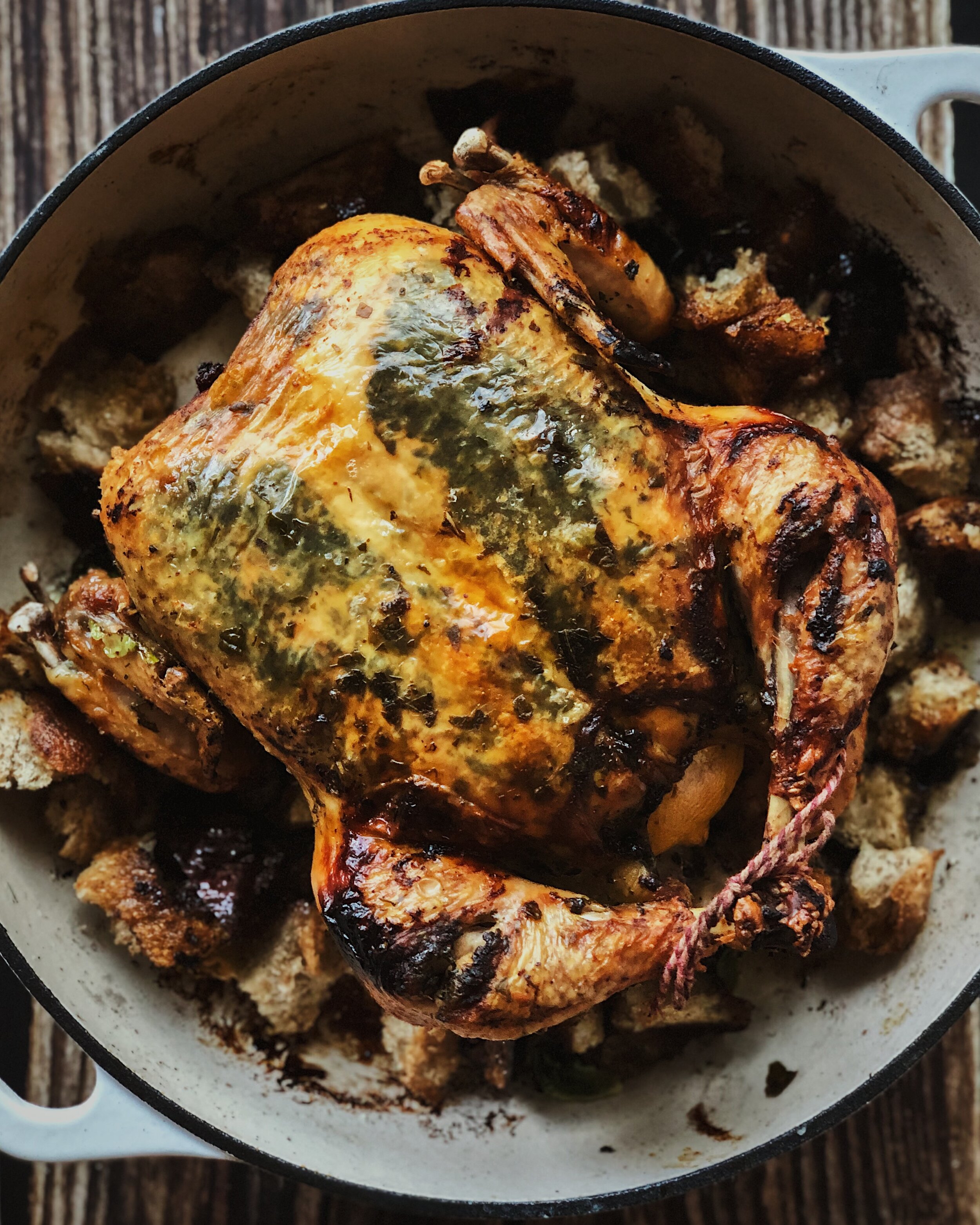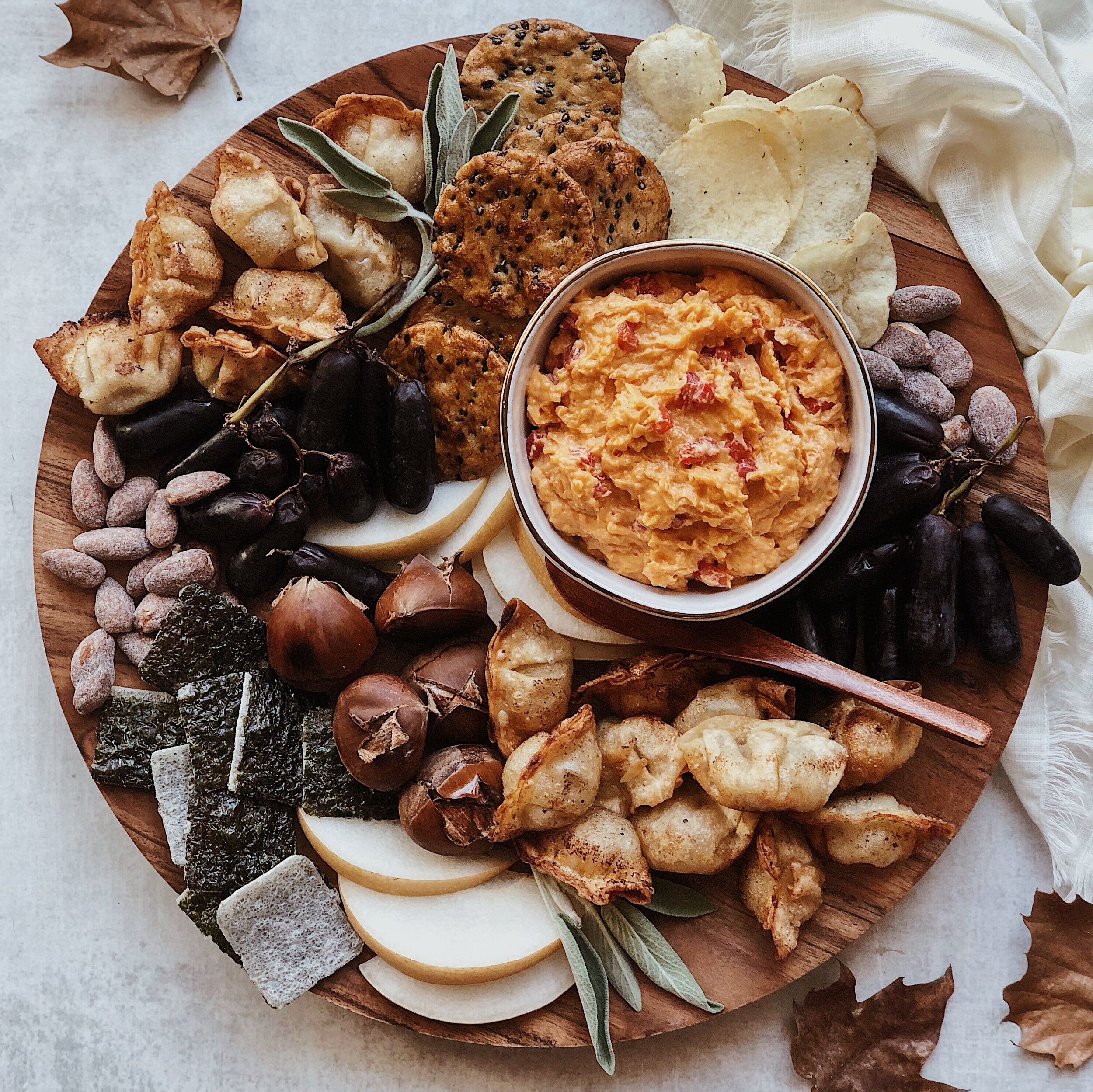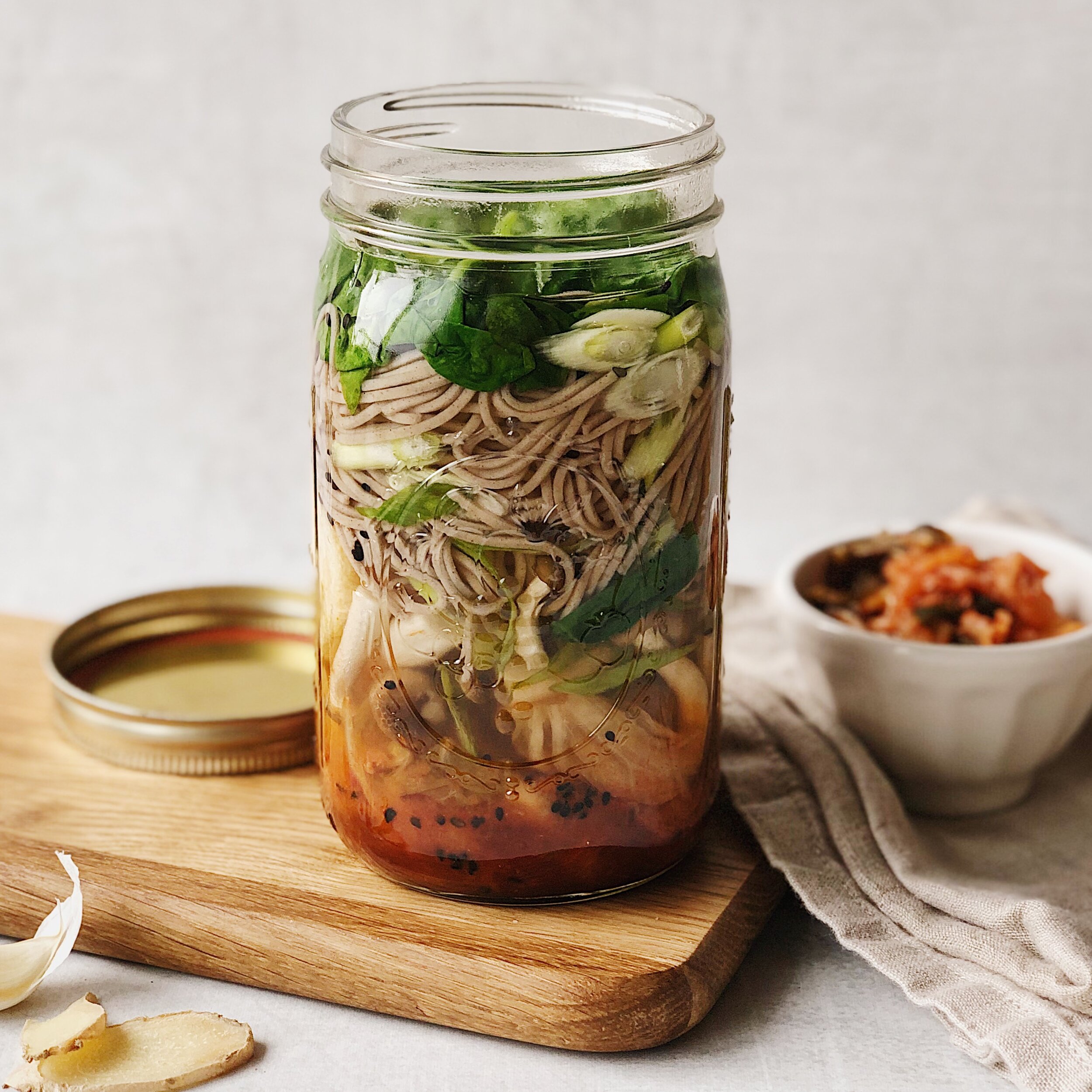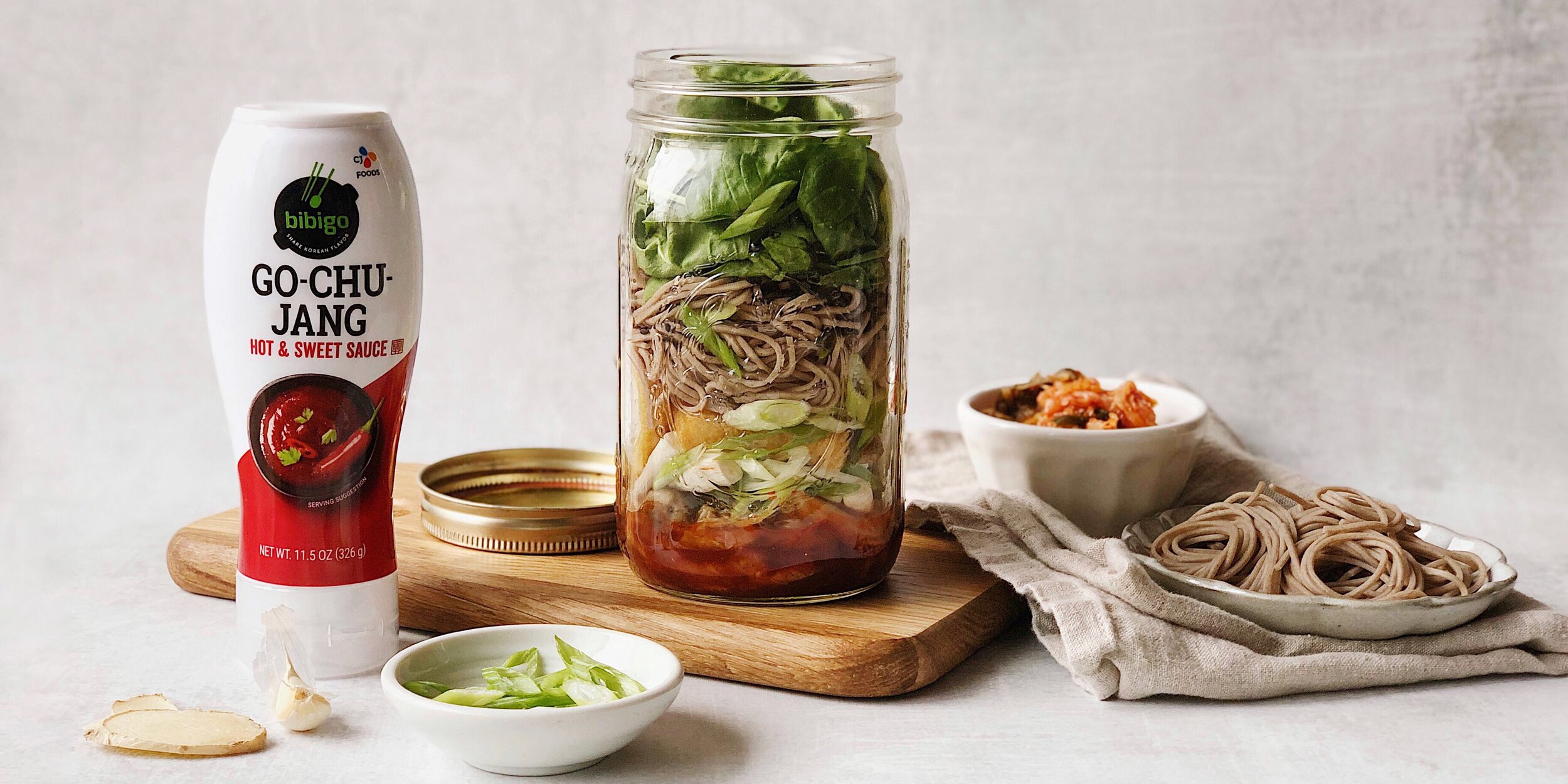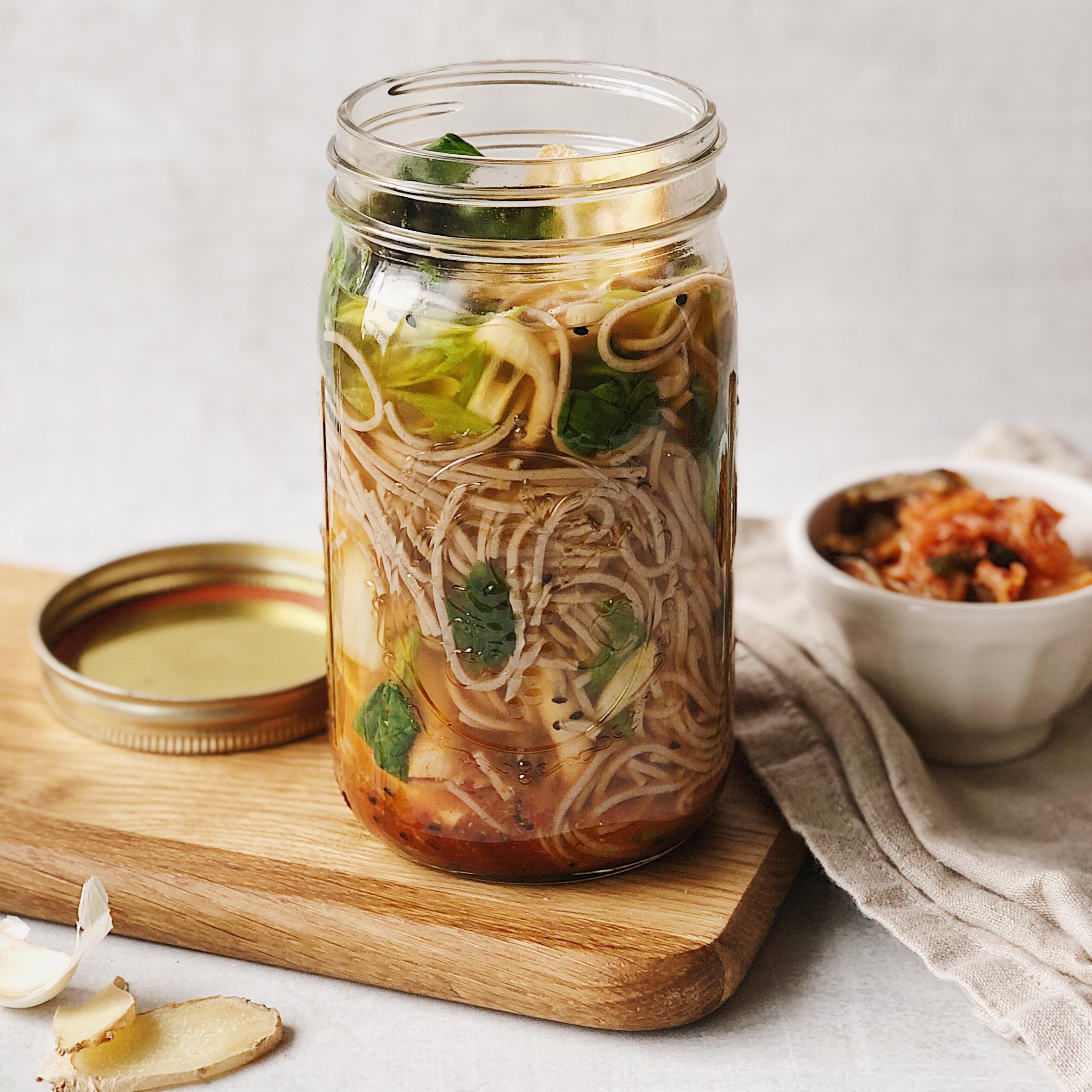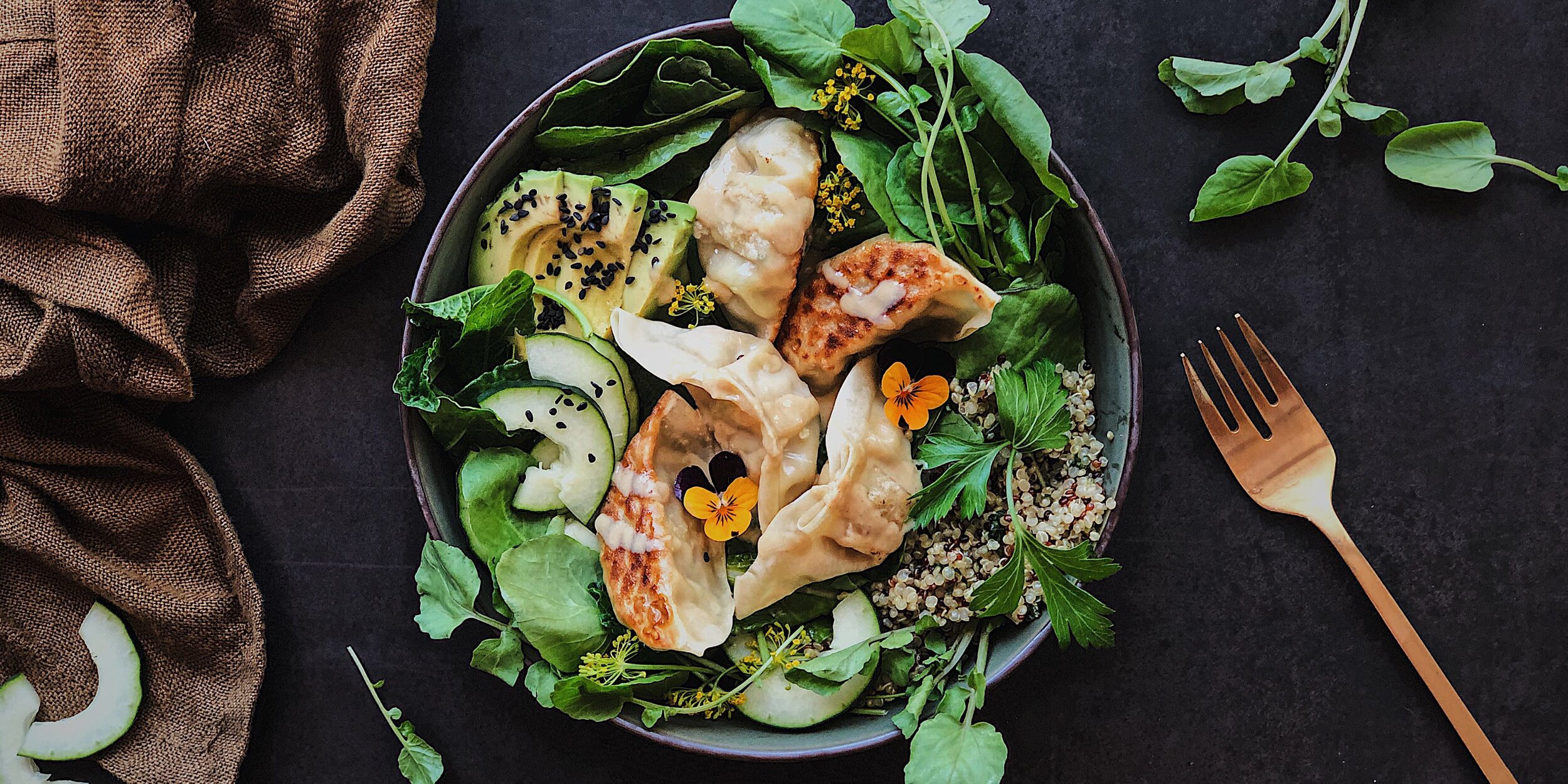Recipe: Apple Streusel Muffins with Maple Glaze
/I don’t know how many times I have been disappointed in muffins from cafes. I think muffins (and scones for that matter) are baked goods that you are really rolling the dice on when purchased—some are great but there is always the risk of them being chalk dry, or just plain bland. My spouse almost always inevitably chooses poorly because he is trying to be “healthy” by going for the bran raisin muffin or something obviously gross like that.
Well, these muffins are most definitely NOT trying to be healthy. But you can still tell yourself it’s a muffin and not a cupcake, and it’s chock-a-block full of apples…those are healthy, right?
When I was in college I kept a hand-written notebook full of recipes that I still have today. I would go home during breaks and go through my mom’s cookbooks and cooking magazine subscriptions and hand-copy things I wanted to try to make. Eventually I realized this was painfully inefficient and started either typing them up or just finding recipes on the internet! But I would print them out and tuck the papers into that notebook. One of those recipes is the original version of these apple streusel muffins—a printout of a recipe that had been typed into a Word document, from I-don’t-remember where, with extra annotations written in the margins by Past Me. So I thought it was time to immortalize the recipe on the internet.
This time around, I also added some crushed chicharrones into the streusel mixture, because I am a savory-loving weirdo like that. This is not a critical ingredient, and I’d like to put out there that streusel doesn’t need a strict recipe anyway. (You’ll notice my recipe has some unconventional measurements.) I’d encourage you to add your own mix-ins for whatever you want your streusel topping to be; oats, chopped nuts, panko breadcrumbs, and desiccated coconut are just some of the other ideas I had. The recipe presented will produce a softer streusel topping rather than a crunchy one.
For extra luxury and Instagram-worthiness, I also did a maple glaze drizzle adapted from this donut glaze by Sally’s Baking Addiction. If you are into smokey flavors like I am, I highly recommend using Tippleman’s Barrel Smoked Maple Syrup** for this part. It’s quite a splurge, but I have been buying it for years because it is unlike any other maple syrup; it is incredible in this glaze because the smokiness adds a whole other dimension of flavor that takes these far beyond humble fruit muffins.
One last component I want to call out is the type of apple to use. Use whatever you want, really! I personally find that this is a good way to even use up an apple that has gone mealy. In this particular instance though, I used Lucy Glo apples, which are naturally red inside!
I just started noticing these popping up in stores this year; I’ve purchased them from Trader Joe’s and Sprouts. I think they look very cool, but obviously they still taste like regular apples. I love that you can see a little bit of red peaking through the streusel on the tops of some of these muffins, obviously because the apples I used had red flesh. But! A couple days later, the apples inside had a blue tint to them; I learned this was because of a reaction with the baking powder I used and I am not sure if this would have happened with a more neutral colored apple or not. The taste was not affected.
Disclaimer: Not all the apples in these images are Lucy Glo, which has a pale yellow exterior skin. I had quite the apple collection as I was shopping for this shoot, and an eager human and dog waiting for to help eat them.
How to Make Apple Streusel Muffins with Maple Glaze
(Makes 6 muffins)
Ingredients for the muffins
1 cup apples, peeled and cut into 1/4-inch dice
1 cup + 1 tbsp AP flour
1/2 tsp baking powder
1/4 tsp baking soda
1/4 tsp salt
1/4 cup unsalted butter, at room temp
heaped 1/3 cup sugar
1 egg
1/2 tsp vanilla extract
1/4 tsp pumpkin spice or ground cinnamon
Ingredients for the Streusel Topping
2 1/2 tbsp butter
1/6 cup packed brown sugar (eyeball with your 1/3 cup measure)
1 1/2 tsp sugar
1/4 tsp ground cinnamon
1/3 cup AP flour
2 heaped tbsp crushed chicharrones, or some other fine mix-in
Ingredients for the Maple Glaze
1/2 tbsp butter
4 tsp maple syrup
1/4 cup confectioners sugar
1/4 tsp AP flour
Procedure
To make the streusel, melt butter in the microwave for 30 seconds or until completely melted. Whisk together brown sugar, sugar, and cinnamon in a small bowl. Mix in butter. Then add flour and your fine-textured mix-in and use a folding and pressing motion with a spoon or spatula to combine everything together into a big flat disk. Set aside.
Preheat the oven to 375°F and line 6 muffin tins.
To make the muffin batter, start by transferring about 1/4 of your chopped apples into a small bowl and mash with a muddler or pestle.
In a separate bowl, whisk together the dry ingredients for the muffins: flour, baking powder, baking soda, salt.
In a larger bowl, beat together butter, sugar, egg, vanilla, and cinnamon. Gradually add in the dry ingredients and mix until just incorporated. Fold in the chopped and crushed apples, and any juice released. (Mixture’s consistency will be more like a cookie dough texture than a muffin batter. Do not be alarmed by this.) Divide evenly into the muffin tins.
Use your hands to break up the clump of streusel topping and crumble over the muffins. Press it in gently. Bake muffins for 22–25 minutes, or until a toothpick inserted in the center comes out clean. Allow the muffins to sit for 5 minutes before transferring to a cooling rack.
Sift together the confectioners sugar and flour for the maple glaze. Combine the butter and maple syrup in a small sauce pan on very low heat. When the butter is melted, whisk thoroughly and remove from heat. Whisk in the flour and confectioners sugar and immediately drizzle on the muffins. (I used by mini whisk as my drizzling wand.) You may need to return the glaze to the heat and keep whisking after each muffin to return the glaze to a thinner consistency for drizzling. (A little tricky, but worth it!)
